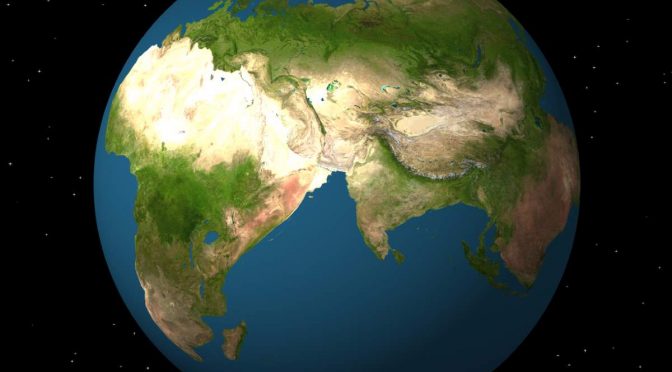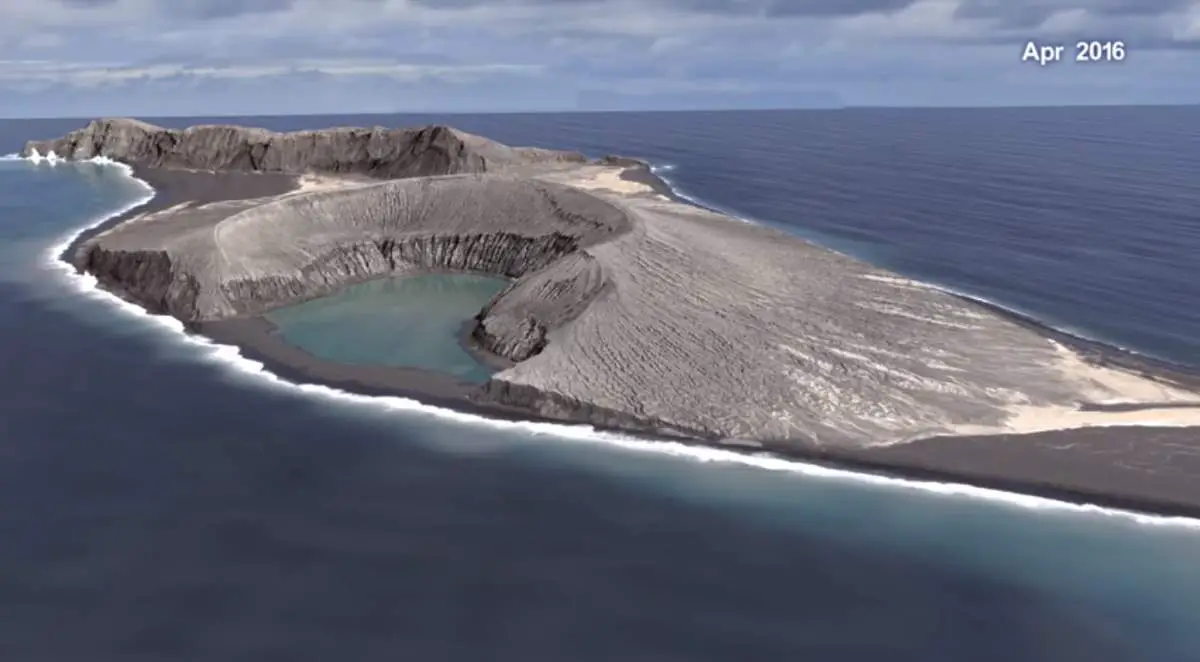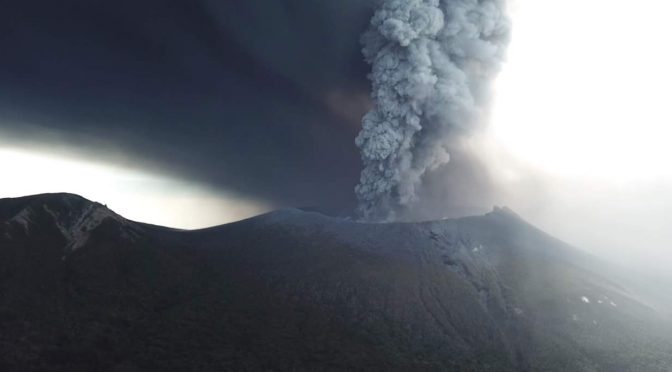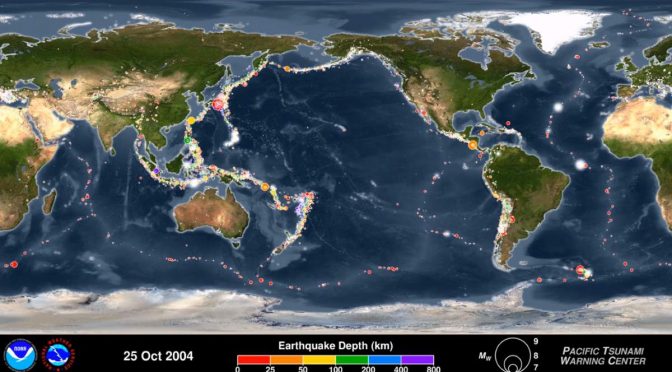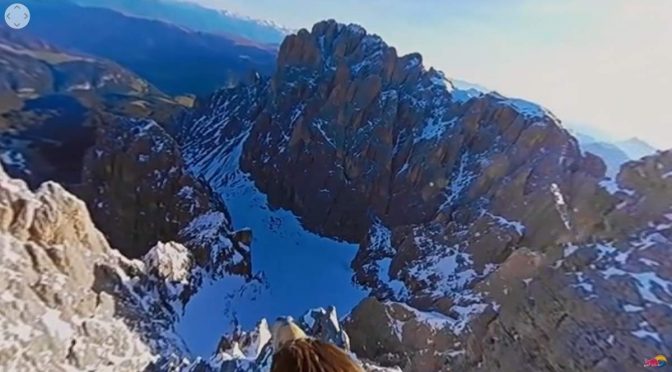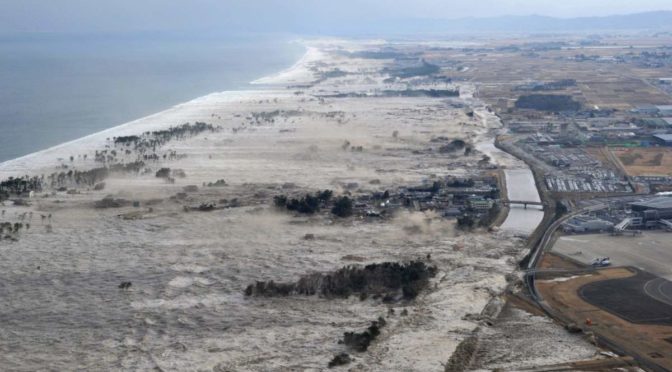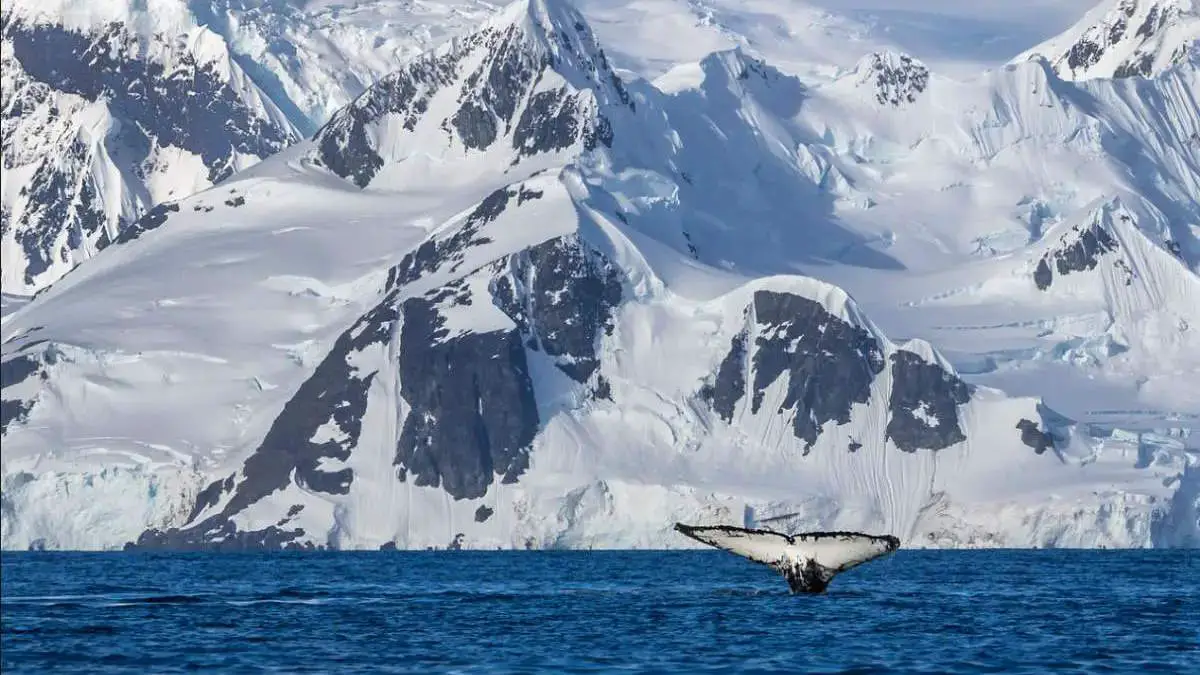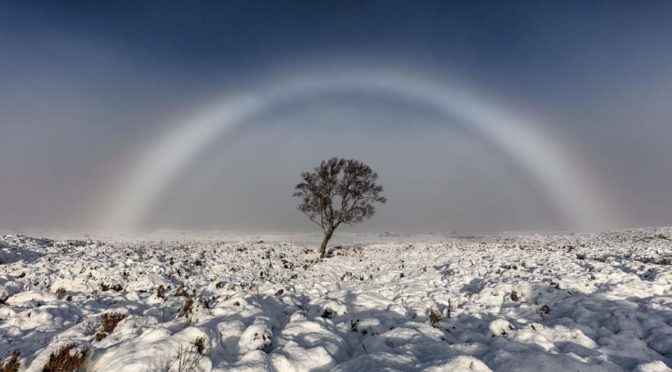Earth’s outer shell is divided into multiple plates that slowly glide over the mantle. The movement of these plates slowly changes Earth’s surface over time by merging, or separating, continents. 250 million years from now, consistent with the supercontinent cycle (see notes 1), there will be a possible future supercontinent called Pangaea Ultima.
Hypothesized by Christopher Scotese, a geologist at the University of Texas at Arlington, Pangaea Ultima earned its name from its similarity to the previous Pangaea supercontinent, which was formed about 335 million years ago, and began to break apart about 175 million years ago. Here is a beautiful video published by the Tech Insider channel showing the formation of this supercontinent and how Earth will look 250 million years from now.
